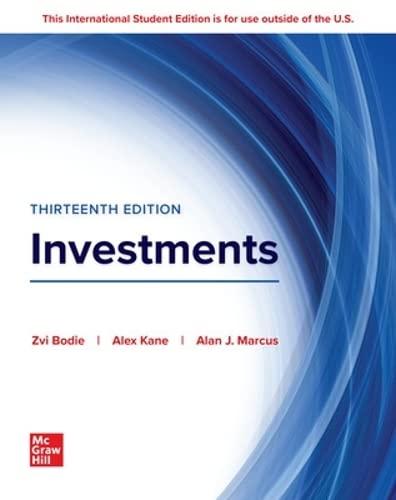a. Mulroney recalled from her CFA studies that the constant-growth discounted dividend model was one way to
Question:
a. Mulroney recalled from her CFA studies that the constant-growth discounted dividend model was one way to arrive at a valuation for a company’s common stock. She collected current dividend and stock price data for Eastover and Southampton, shown in Table 19F. Using 11%
as the required rate of return (i.e., discount rate) and a projected growth rate of 8%, compute a constant-growth DDM value for Eastover’s stock and compare the computed value for Eastover to its stock price indicated in Table 19G.
b. Mulroney’s supervisor commented that a two-stage DDM may be more appropriate for companies such as Eastover and Southampton. Mulroney believes that Eastover and Southampton could grow more rapidly over the next three years (i.e., 2025–2027) and then settle in at a lower but sustainable rate of growth beyond 2027. Her estimates are indicated in Table 19H.
Using 11% as the required rate of return, compute the two-stage DDM value of Eastover’s stock and compare that value to its stock price indicated in Table 19G.
c. Discuss advantages and disadvantages of using a constant-growth DDM. Briefly discuss how the two-stage DDM improves upon the constant-growth DDM. p-696
Step by Step Answer:

ISE Investments
ISBN: 9781266085963
13th International Edition
Authors: Zvi Bodie, Alex Kane, Alan Marcus





